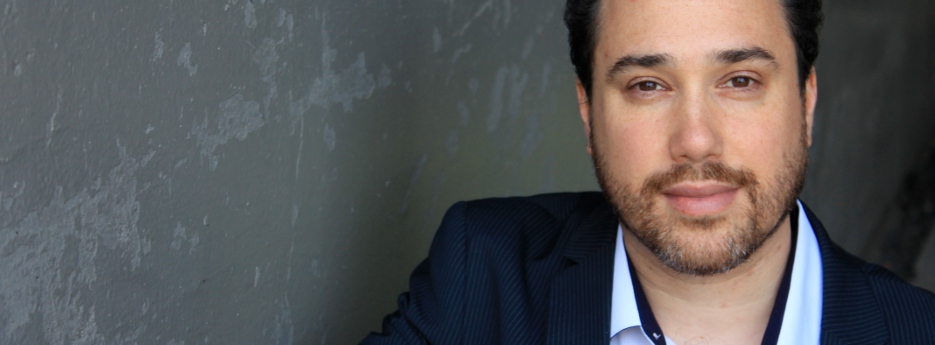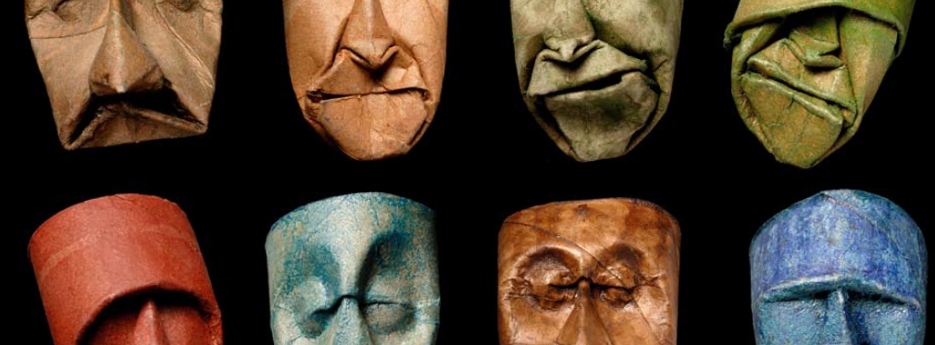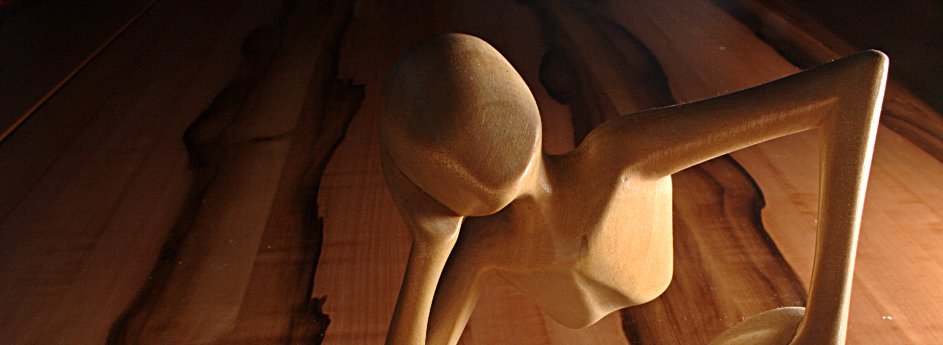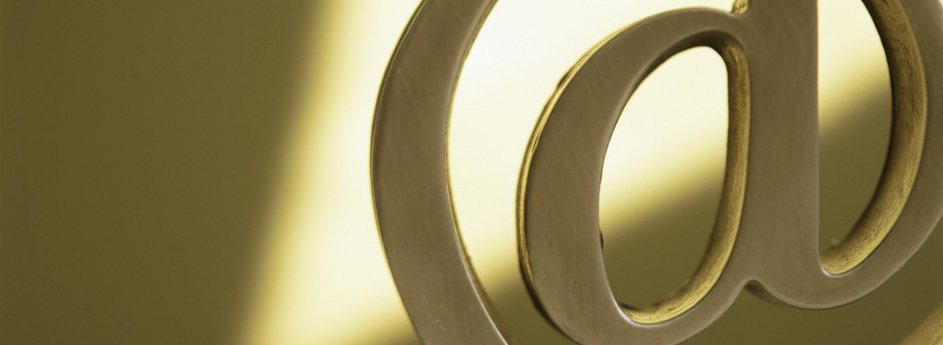What Psychoanalysis and Indian Mysticism Tell Us About Achieving our Goals
Ever set a goal for yourself only to find that you didn’t achieve it? Maybe you wanted to exercise, to save up money for a vacation, or to get a promotion at work? And for some reason or another it just didn’t happen. Most of us tend to blame our capacity for willpower – “if I had only tried harder I could have done it!” Then we feel badly about ourselves, which only leads us to feel more discouraged the next time we want to set ourselves a goal. So what are we missing?
Swami Kripalu, an Indian born mystic who practiced yoga and meditation for 18 hours a day, noted on his deathbed that the highest spiritual practice is self-observation without judgment (personal communication, Aruni Nan Futuronsky 2006). Not yoga, not meditation, not fasting or prayer, but rather the discipline of a mental capacity: The ability to reflect on the characteristics of one’s self without judgment of them as good or bad, desirable or undesirable. This discipline is also at the heart of the psychoanalytic process. The patient, or client, when in psychoanalysis is encouraged to speak openly and honestly about their life, while the therapist models an attitude of exploration and curiosity. In fact, this is an important concept in a book by the psychoanalyst, Edgar Levenson. In The Fallacy of Understanding Dr. Levenson suggests that a goal of psychoanalysis is to ask illuminating questions, not to find the answers.
So what does this have to do with achieving a goal? Both Swami Kripalu and psychoanalysis have stumbled on what I believe is an oft neglected step of goal setting, that of self-reflection without judgment. This quality is especially absent in our Western, achievement oriented, “just do it” fast paced world. We give short shrift, if at all, for reflection before deciding on a plan. What I’m suggesting is that every goal setting process should be made up of two parts. At first, we must reflect on our current situation, allowing for insight, wisdom, and a direction to emerge, in effect, permitting our underlying values and assumptions to become clear. Only then can we decide on an action step that is consistent with these values and will further our goal. The first step is passive, the second active. The first step requires a suspension of judgment so we may accurately perceive the problem, the second requires decisive and direct action.
Let us take the example of wanting to exercise. We may feel the impulse to exercise after noticing that we are out of breath on a flight of stairs, getting the news that our cholesterol is elevated, or feeling jealous of a friend on Facebook who appears slim and youthful. So we buy some new sneakers and some high tech exercise wear only to find that after one jog in the park they are now permanently sitting in our closet. So how could we do this differently? Swami Kripalu would suggest that we use the acronym B.R.F.W.A., which stands for Breathe, Relax, Feel, Watch and Allow. As we put ourselves in this relaxed and non-judgmental state, by slowing down our breathing and relaxing our muscles, we might realize that we feel jealous of others who look fit not only because of their greater health but also because they are richer, or more respected at work, for example. We might also watch ourselves as we go through our day and realize that our food choices have not been healthy and are also contributing to our declining health. Finally, as we allow this to be just as it is, without yet considering what we’d like to do about it, we come to accept that we are no longer in our twenties and that our expectations for a fit and pain free body are no longer as realistic as they once were.
Or, if we’re in therapy, our therapist might draw our attention to a common theme among our complaints: feeling like we have less than others, like no matter how hard we work, other people always have it easier than us. They either have more money, more looks, more luck in business, etc. At this point we are likely to be able to come up with a variety of action plans. We might decide to discuss this emotional pattern with our therapist, to eat more fruits and vegetables, to look at Facebook less often, or we might still decide to carry out our plan for exercising. Whatever we choose, we are now more likely to follow through on it. This is because our plan of action reflects our own wisdom about ourselves; and connects us with the values underlying who we really are, and not just the picture of who we want ourselves to be.
References:
Levenson, Edgar A. (2005). The Fallacy of Understanding. Hillsdale, N.J. The Analytic Press, Inc.





